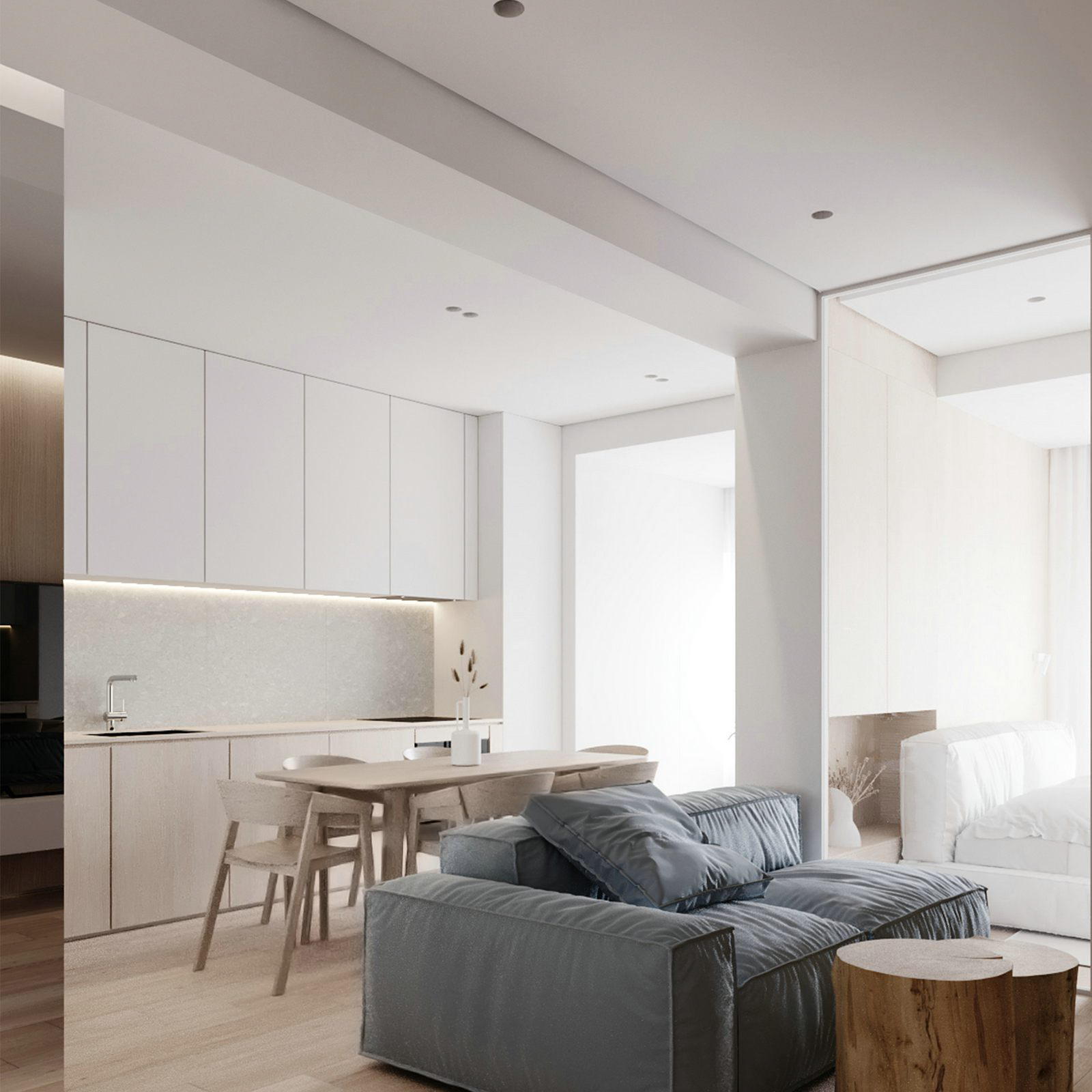Introduction
Lighting has come a long way in recent years. From Edison’s invention of the incandescent light bulb in the late 1800s to the LED technology of today, lighting has evolved and adapted to meet the changing needs of society. In this article, we will take a closer look at contemporary lighting design and explore some of the latest trends and innovations in the industry.
What is Contemporary Lighting Design?
Contemporary lighting design refers to the art and science of creating lighting systems that are both functional and aesthetically pleasing. Unlike traditional lighting, which focused primarily on illuminating a space, contemporary lighting design considers the impact of lighting on the atmosphere and mood of a room, as well as its energy efficiency and sustainability.
Trends in Contemporary Lighting Design
There are several notable trends in contemporary lighting design that are worth mentioning:
LED Lighting
LED lighting has become increasingly popular in recent years due to its energy efficiency and versatility. Unlike traditional incandescent bulbs, which convert most of their energy into heat, LED bulbs use much less energy and emit very little heat. This makes them ideal for a variety of lighting applications, including home and commercial lighting, outdoor lighting, and automotive lighting.
Smart Lighting
Smart lighting is another trend that is rapidly gaining popularity. Smart lighting systems allow users to control their lights from their phones or tablets, adjusting the color, brightness, and even the pattern of their lighting with just a few taps. Some smart lighting systems even have sensors that can detect when someone enters a room and adjust the lighting accordingly.
Bio-Lighting
Bio-lighting is a newer trend that focuses on the impact of lighting on human health and well-being. Bio-lighting systems mimic the natural light cycle of the sun, adjusting the color temperature and brightness of lighting throughout the day to promote alertness during the day and relaxation at night. This can have a positive impact on sleep, mood, and overall health.
Innovations in Contemporary Lighting Design
In addition to these trends, there are also several notable innovations in contemporary lighting design. Here are a few examples:
3D Printing
3D printing technology has revolutionized the way that designers create lighting fixtures. With 3D printing, designers can create complex shapes and structures that would be difficult or impossible to create using traditional manufacturing methods.
Solar-Powered Lighting
Solar-powered lighting has become increasingly popular in outdoor applications, such as street lighting and garden lighting. Solar-powered lighting uses solar panels to charge a battery, which can then power the lights throughout the night. This makes solar-powered lighting both energy-efficient and cost-effective.
Nanotechnology
Nanotechnology is another area of innovation in contemporary lighting design. By manipulating materials at the nanoscale, designers can create lighting fixtures that are more energy-efficient, more durable, and more aesthetically pleasing than traditional fixtures.

